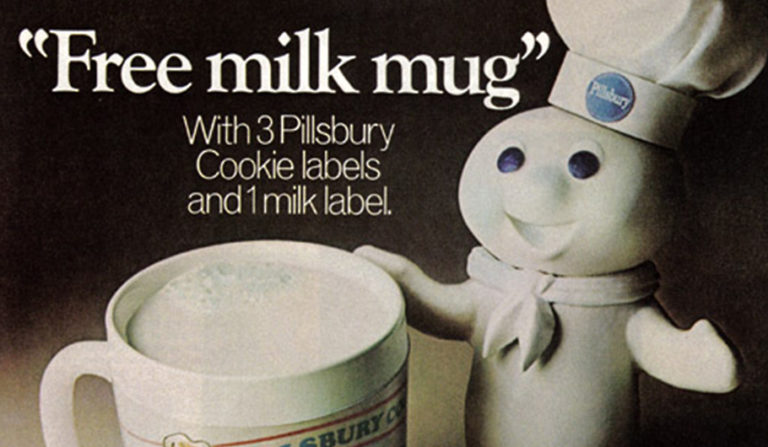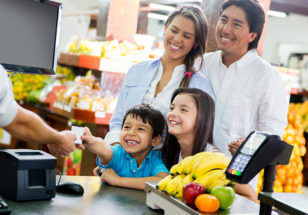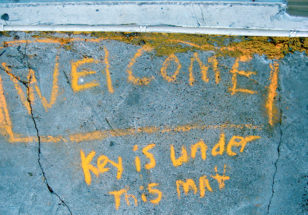How Mobile Payments & Emerging Commerce Outperform Traditional Advertising
Karen Webster, CEO of Market Platform Dynamics, wrote a fantastic piece on pymnts.com the other day about how the power to get consumers to take an action – like make a purchase – is shifting away from advertisers and toward payment ecosystem players. She argues that payments will eventually engulf the advertising and loyalty ecosystems. It’s a really interesting read – check it out.
The parts that interested me most about Karen’s article were about all of the tactics that can be integrated into a payment or commerce experience to influence consumers to transact. After all, this is the domain of i2c and our commerce and payment processing platform, so I tend to eat this stuff up!
Coupons and offers are nothing new, obviously. The problem is that they aren’t targeted and don’t allow advertisers to measure their impact. Plus, they are cumbersome for consumers. By turning traditional paper coupons into digital ones and allowing them to be redeemed by just swiping a payment or loyalty card or scanning a bar code on a mobile phone, they become much easier to use.
Mobile has allowed offers to become even more useful because location services allow for targeting and delivery in real-time. While location-aware offers and communications are cool, I have always been enamored by the power unleashed when you combine data analytics with triggering events. By triggering events, I am talking about performing a specific action when a set of criteria (like an event, action, or demographic information) have been met. An example would be to send money off offer for a women’s clothing store to any female consumer that spends more than $500 at clothing stores within 6 months. The transaction that puts the person over the $500 limit would “trigger” the offer, assuming that the other criteria is met. Things get even more interesting when you go down to the SKU level and actually analyze the specific items purchased, then trigger offers based on that.
Event-triggered marketing and offer delivery, coupled with the ability to analyze consumer transactions in real-time, is kind of like the holy grail of marketing. The real-time aspect is what is key here though. The ability to see the consumers’ transactions as they are making them, and then triggering relevant offers or messages immediately, is what really delivers value. It’s all about being both relevant and timely with your interactions with consumers. If you use a solution that processes the triggers through a nightly batch process, you are missing out on opportunities to engage consumers when they may be most receptive. For example, if a consumer is in the mall doing their holiday shopping, they may be much more likely to act on the offer when they are out and about shopping, not the following morning when they are at home or work.
All of these tactics – location-services, data analytics, triggering – help us get the right offer or message in front of the right consumer at the right time. The relevancy, immediacy, and intimacy this lends to the consumer experience are light years better than traditional advertising or couponing methods. And, as Karen argues in the article referenced above, this leads to much higher conversions than traditional or even mobile ads can deliver. This is great news for retailers as well as for card program managers seeking to increase profitable POS transactions.










